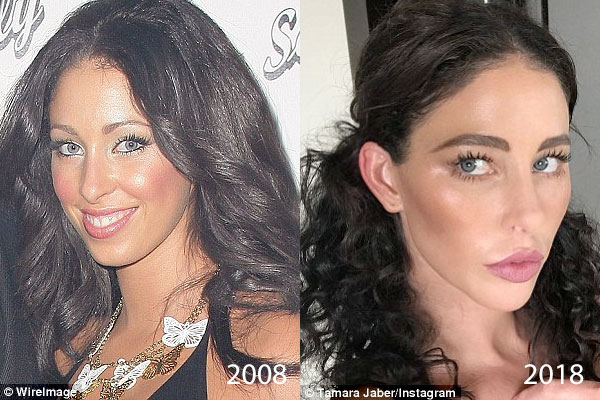Better late than never! This is the second part of a blog I wrote almost one year ago about the upper blepharoplasties and brow lifts. Brow lifts are often confused and considered part of a facelift but they are not. A facelift deals with rejuvenating the areas below the lower eyelids including the midface, jowls, jawline and neck.
I am honored to be giving a talk to my esteemed plastic surgical colleagues at the California Society of Facial Plastic Surgeons annual meeting in Lake Tahoe this March. The purpose of my talk is to share my thoughts not only of brow elevation but also of controlling and creating the ideal brow shape. Ironically, as I write this, I am sitting in my hotel room having just listened to 6 hours’ worth of talks from other plastic surgeons about brow lifts and shaping as part of a meeting for the American Society of Aesthetic Plastic Surgeons. As always, I come back from these meetings with one or two pearls that I am keen to incorporate into my practice to provide the best possible results for my patients.
However, I think that most surgeons miss the point about brow reshaping. We all understand that we want the tail end of the brow to sweep upwards in a glamorous yet subtle arch without creating a surprised or malevolent/samurai look (think Carrot Top or Cruella DeVille). Unfortunately, the techniques to achieve that fall short of their stated goals. Surgeons apply tension through hidden incisions behind the temple hairline in a effort to raise the outside aspect of the eyebrow, but this is soon met with diminishing returns. As in all aspects of plastic surgery, simply applying more tension to a region that is resisting movement will not will not provide long lasting elevation. After a few weeks to months, mother nature wins and the structure (in this case the outside aspect of the brow) will fall down again.
Endoscopic brow lifts are beautifully elegant operations that are performed through 2 cm hidden incisions within the hair which do not involve shaving or cutting out skin. Most surgeons, as I mentioned, will attempt to lift up the outside aspect of the brow by angling the incisions outwards on the side of the head to apply upward tension through them. Unfortunately, much resistance is encountered and the results reflect that. In a counterintuitive move, I have angled the inner incisions towards the midline and have found that I can lift the outer aspect of the brows almost effortlessly with minimal tension. The results are long-lasting and more simulate the appealing eyebrow shape of a young cover girl.
Check out the following 31 year-old patient who underwent a brow lift along with fat transfer, chin implant and a minor rhinoplasty:
I feel that brow lifts are sometimes misunderstood creatures. They are under appreciated and when performed correctly provide extremely beautiful results that not only rejuvenate the forehead, reduce wrinkles, elevate and reshape the brows while rejuvenating the upper eyelids. 70% of patients that come to my office complaining of upper eyelid sagging and all they simply need is a well performed modern endoscopic brow lift.
 31-year-old female with noticeable facial asymmetry with low-set brows. Of note, she also had slightly weak chin and a subtle bulbous nasal tip
31-year-old female with noticeable facial asymmetry with low-set brows. Of note, she also had slightly weak chin and a subtle bulbous nasal tip
 Three month follow-up showing exquisite improvement in brow position and shape. Note how her face and eyes “open up”
Three month follow-up showing exquisite improvement in brow position and shape. Note how her face and eyes “open up”
 Preoperative photograph showing the oblique view of the same patient.
Preoperative photograph showing the oblique view of the same patient.
 A three-month follow-up of the same patient demonstrating the chin augmentation as well as the minor change to her nasal tip. Again, note the improved brow position and shape without any look of surprise.”
A three-month follow-up of the same patient demonstrating the chin augmentation as well as the minor change to her nasal tip. Again, note the improved brow position and shape without any look of surprise.”



 Stem cell science is in its infancy and we have much to learn. Indeed, many stem cell scientists now believe that the byproducts of stem cells
Stem cell science is in its infancy and we have much to learn. Indeed, many stem cell scientists now believe that the byproducts of stem cells 



